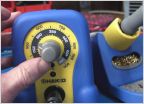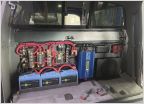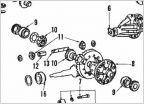-
Welcome to Tacoma World!
You are currently viewing as a guest! To get full-access, you need to register for a FREE account.
As a registered member, you’ll be able to:- Participate in all Tacoma discussion topics
- Communicate privately with other Tacoma owners from around the world
- Post your own photos in our Members Gallery
- Access all special features of the site
Iridium plugs in a 2nd gen 6
Discussion in 'Technical Chat' started by jsi, Mar 2, 2017.
Page 1 of 5
Page 1 of 5


 What soldering iron are you using?
What soldering iron are you using? Storage Solutions Behind Rear Seat
Storage Solutions Behind Rear Seat Center bearing and U joints
Center bearing and U joints Bearing Part Number
Bearing Part Number



